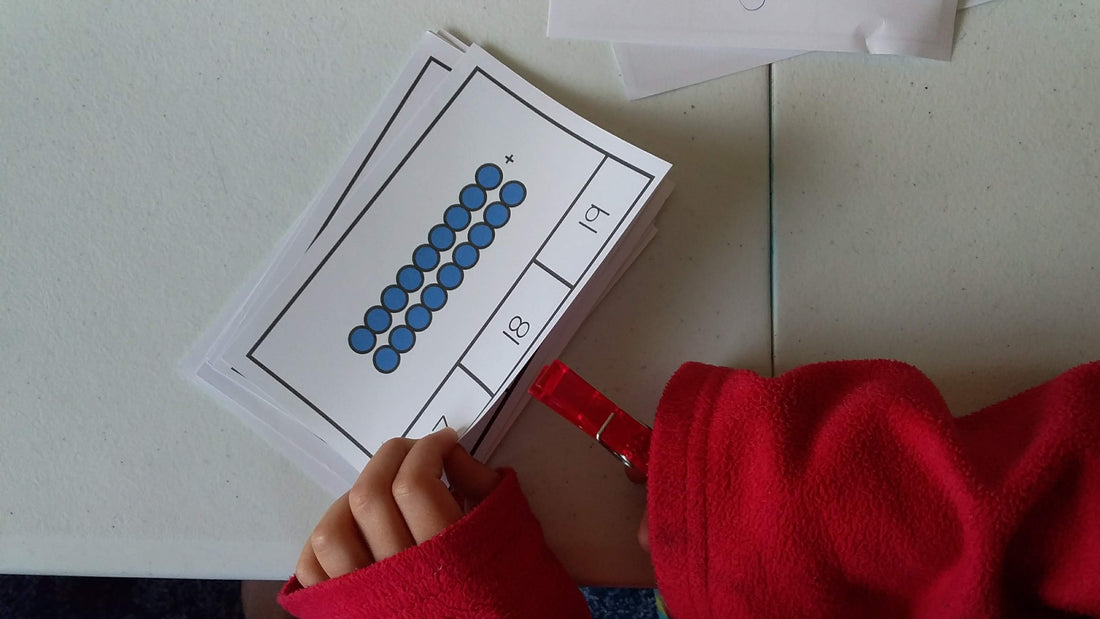
Adding with doubles
Share
I've talked before about the importance of teaching math strategies.
Teaching about doubles is one way of helping students find an anchor for their basic facts. Double equations are 1 + 1, 2 + 2, 3 + 3 etc. If a child knows doubles then they can work out one more and one less than a double equation. They also give a starting point for students to work out equations like 20 + 20, or 30 + 30.
The New Zealand Council of Educational Research says that before we teach memorisation we need to teach strategy. They say :
'Basic facts should not just be rote-learnt in isolation from understanding. There is little point knowing what 6 + 7 or 7 × 8 is, if the student has no concept of addition or of multiplication. Teaching needs the joint foci on developing understanding as well as memory.'
I tend to teach doubles before teaching things like facts to 10.
The bead bars are a great way for the child to see the double

It's also great to make sure our students have opportunities to practise number sense so open ended activities like this one are great.

Making booklets is a tried and true Montessori activity, In the interests of conservation and maintaining my child's interest I made these one page booklets which have just a few doubles on them. I have a color and black and white option.
A favourite game we like to play is zap.
You can play zap with any knowledge based work. We've used it before for sight words.
You put all the facts/words on cards.
One or two cards say 'zap' instead of having a fact on it.
You take turns to draw out a card out of the pile or box and read the sight word, or in this case answer what goes in the '?' space.
If someone draws out a 'zap' card on their turn they have to place back all of their cards. Here is us playing.
You can get your own copy of this doubles resource here
